Savills has just released its Shed Briefing: Industrial Spotlight Report for Q1 April 2023, revealing significant growth in industrial rents and a shift in land values on a state-by-state basis.
According to the report, the industrial market is experiencing record rent surges, with rents growing up to 24% YoY while vacancy remains at a historic low. A two-tiered land market is also emerging, with higher rates causing prime yields to rise nationally.
Rental growth accelerates: East Coast rents surge 40% since 2020
Sydney has the highest prime net face rents across the nation, reflecting growth of 36.4% over the year, following a 4.4% push in Q1. Melbourne has been similarly strong, with rents growing on average 16.4% year-on-year and 3.3% growth emerging in Q1. Brisbane grew 14% year-on-year and 2.8% in Q1, while Perth saw 15.3% average yearly rise and 5.3% in Q1. Adelaide rents rose 9.3% but have stabilized following +5.2% growth in Q3 2022.
“All of Australia’s major cities continue to see industrial rents pushed well above previous benchmarks,” Savills National Head of Research Katy Dean said.
“Combined with a very high level of demand relative to limited supply, we’re seeing not only record-low vacancy, but also a very high level of pre-commitment.”
Most REITs have reported occupancy rates of 99-100%, says Savills, and an 80%+ commitment rate on new projects. This has started to limit the amount of existing space for lease, with little to no availability for large mandates above 20,000 sqm in Sydney and Brisbane. Coupled with the sustained high levels of demand, the sector is under further pressure – with most new supply being pre-committed and build times extending amid rising construction costs.
Ms. Dean said that with all existing space occupied and such strong commitment on new projects, “it is hard to see industrial vacancy rates shifting in the short to medium-term.” The industrial market is experiencing unprecedented demand, and Savills predicts that this trend will continue for the foreseeable future.
Two-tiered land market emerges as prime yields increase
Savills’ Shed Briefing report has revealed that the growth in industrial land values has hit an inflection point. The rapid rise in rates during the second half of 2022 has triggered this change. Markets on the east coast of Australia are still showing an average annual growth rate in the price of small lots, ranging between 16-20%. However, the pace of this growth has slowed significantly, with most areas showing no change over the last three quarters.
The report indicates that a two-tiered market dynamic has emerged, with prices for small lots in some of Sydney’s sub-markets falling late last year. These sub-markets carry an average premium of nearly two times more than Melbourne and Brisbane. The pricing shift is a reflection of what buyers are willing to pay for sites suited to multi-level development, compared to those suited to traditional single-level.
Savills’ report also highlights that prime yields have increased nationally in response to higher financing costs. Secondary yields, on the other hand, have moved at a more gradual pace on the east coast due to a reversionary upside. While rent surges have helped to offset yield expansion, Savills notes that there has been some repricing in response to higher interest rates and historically higher inflation.
Despite the Bid-Ask spread between purchaser and vendor limiting deal activity and causing yields to soften in the second half of 2022, the report suggests that investment activity could improve amid signs that rates have peaked. Savills predicts that this could encourage buyers and sellers to come closer together, resulting in increased transaction volumes and stronger pricing.
Deal-making slows, but investor demand remains robust
According to a recent report by Savills, the pace of deal-making in the industrial property market has slowed due to rising interest rates. However, despite this, investor demand remains strong and largely unsatiated. This is due to the sustained underlying demand for industrial space, driven by record-low vacancy rates, a restricted supply pipeline, and embedded structural change.
Developers are now focusing on building out their existing holdings to capture rental growth and support cash flows, rather than acquiring new land. As a result, Savills predicts a shift away from speculative projects and towards pre-commitment, to mitigate risk and deliver greater certainty to project outcomes.
Despite the current market conditions, the industrial property sector is expected to remain attractive to investors, due to its strong income potential. With record low vacancy rates and a restricted supply pipeline, the underlying demand for industrial space is likely to remain robust. As a result, investor appetite for industrial property is expected to remain strong in the coming years.
Industrial yields, growth & outlook around Australia
Sydney’s small lot land values have experienced a decline in growth rate, according to recent data. The annual growth rate of small lots has fallen to 2.3%, compared to its peak of 67% in Q2 2022. This drop in growth is reflected in the increase in Sydney’s prime yields by 25bps quarter-on-quarter, with secondary yields totalling just 12.5bps on average. The decline in small lot values has been felt across all precincts except for South Sydney, where prices have remained stable.
Overall, small lots have declined on average by 4.8% quarter-on-quarter. This decline is partly due to the rapid escalation of Sydney’s industrial land prices over the last two years, reflecting constraints to land supply during a period of historically high occupier demand. Michael Wall, National Head, Industrial at Savills, notes that some pockets have experienced negative growth rates, such as the South West and Outer South West corridors. However, these prices are still nearly twice that of two years ago.
While growth has largely remained on an upward trajectory, with small lot prices growing on average 20% annually over the last three years, and 1-5ha sites averaging c.25% growth, some precincts have clearly reached their inflection point. Rising build prices, combined with higher borrowing costs, saw growth stall from mid-2022 and by Q4. Sydney’s South West and Outer South West precincts have started recording negative growth rates – declining by roughly 20% over the last two quarters.
This industrial rents trend is something that developers and investors in the Sydney property market need to monitor. The decline in small lot values may indicate a shift in market dynamics, with demand potentially outstripping supply. While it’s too early to say whether this is a trend that will continue, it’s clear that Sydney’s property market is evolving, and investors need to be aware of the changing landscape.
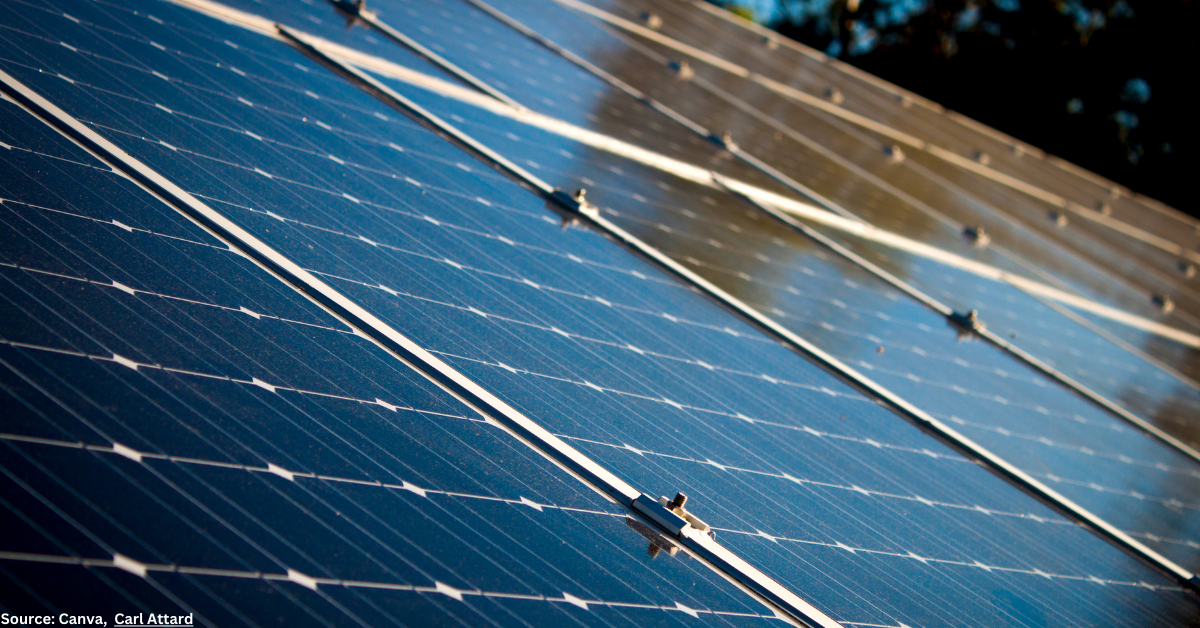

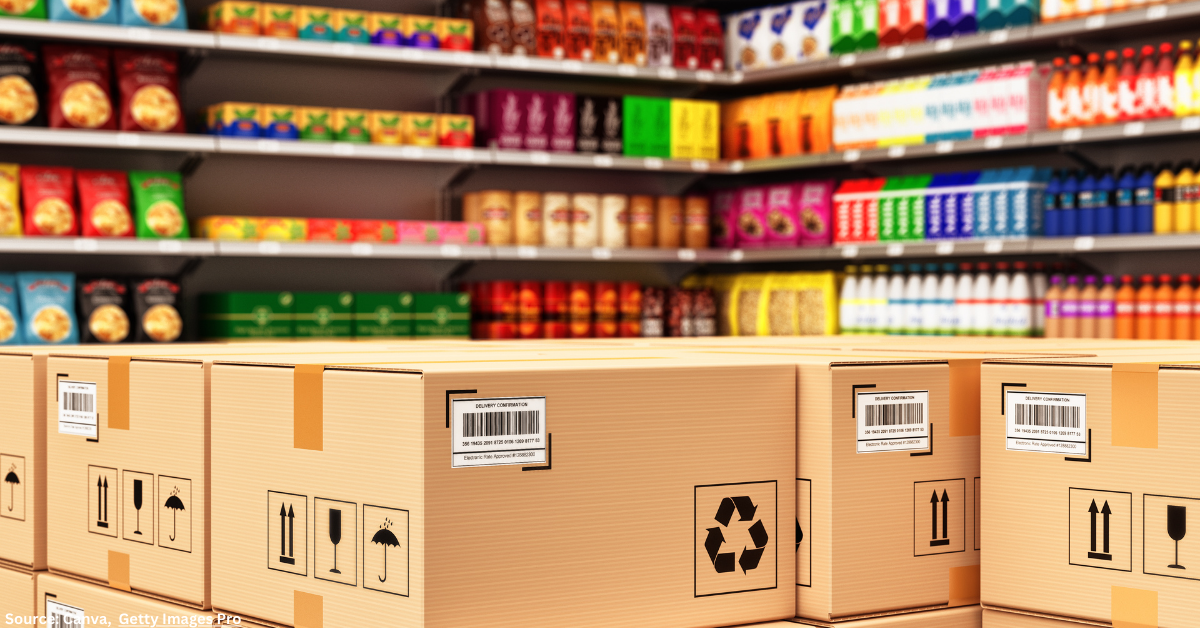
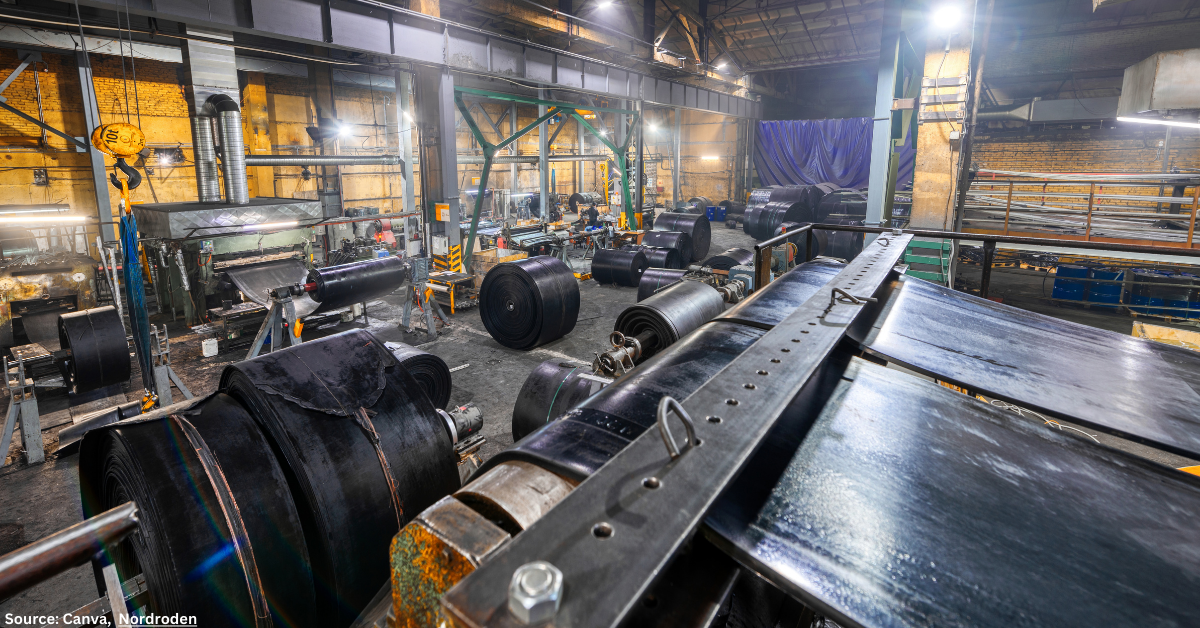

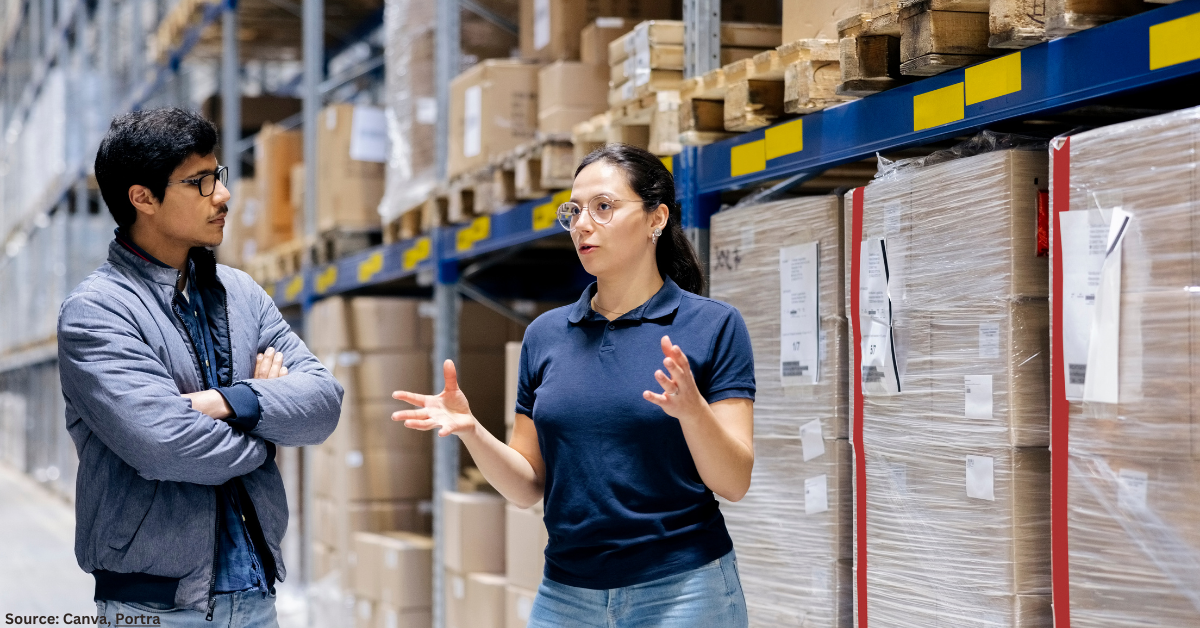
















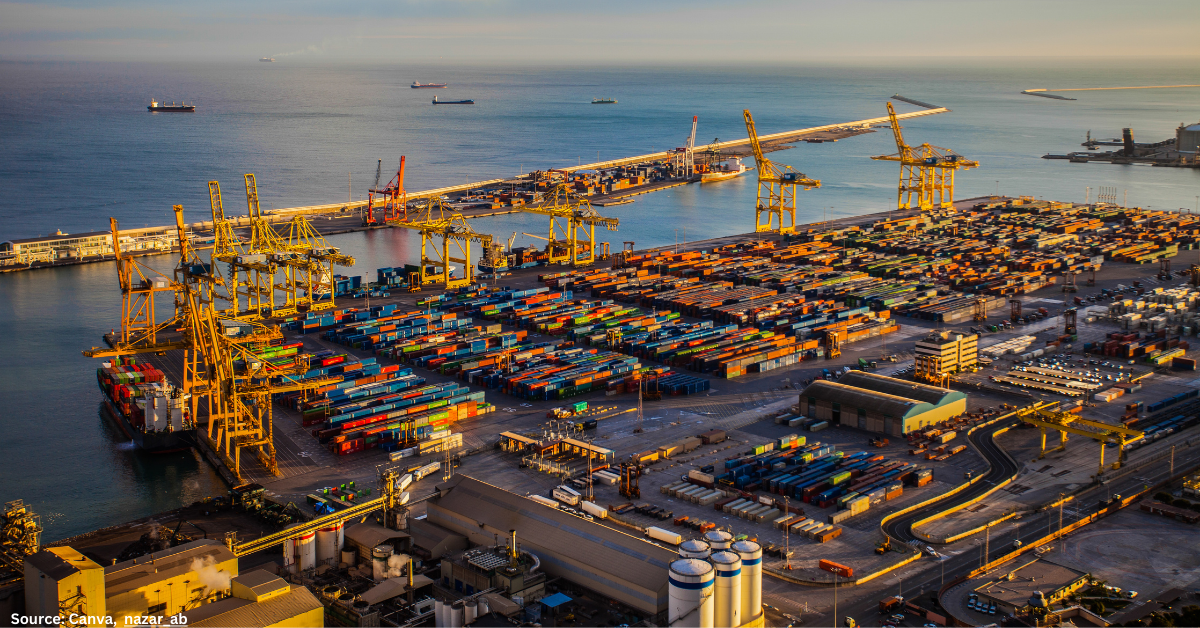



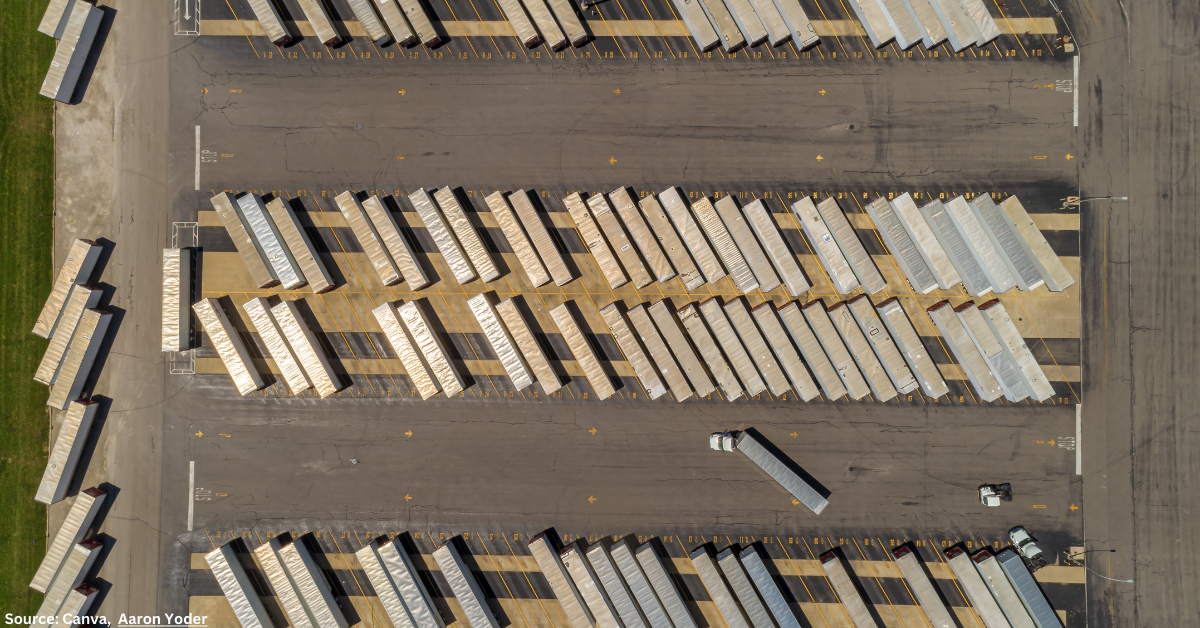
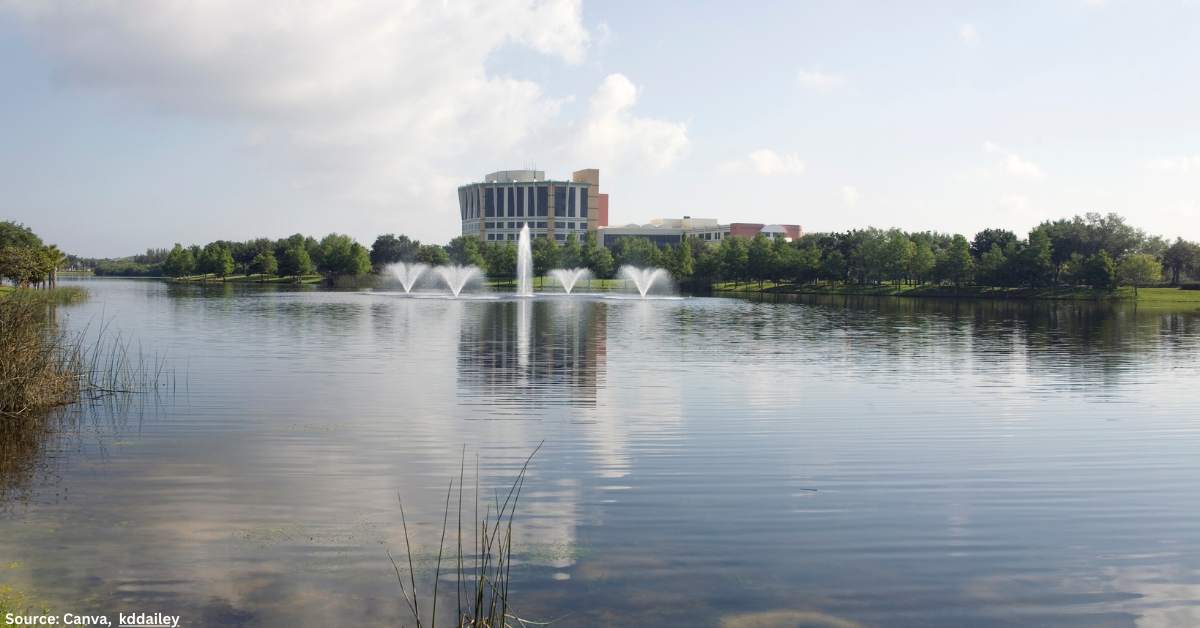
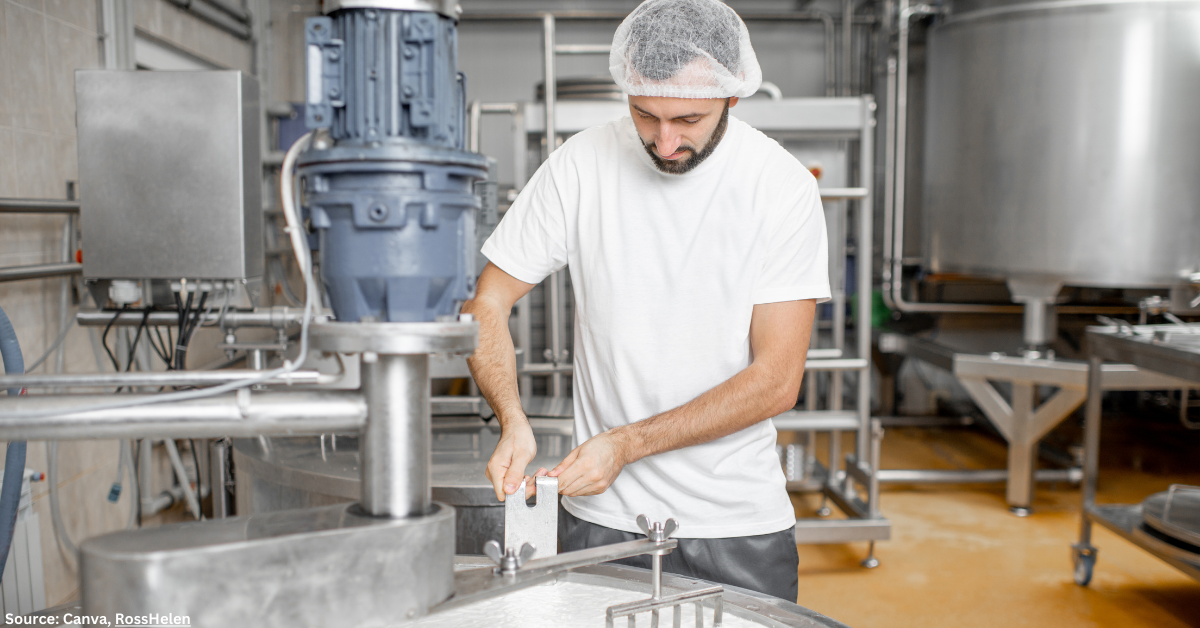
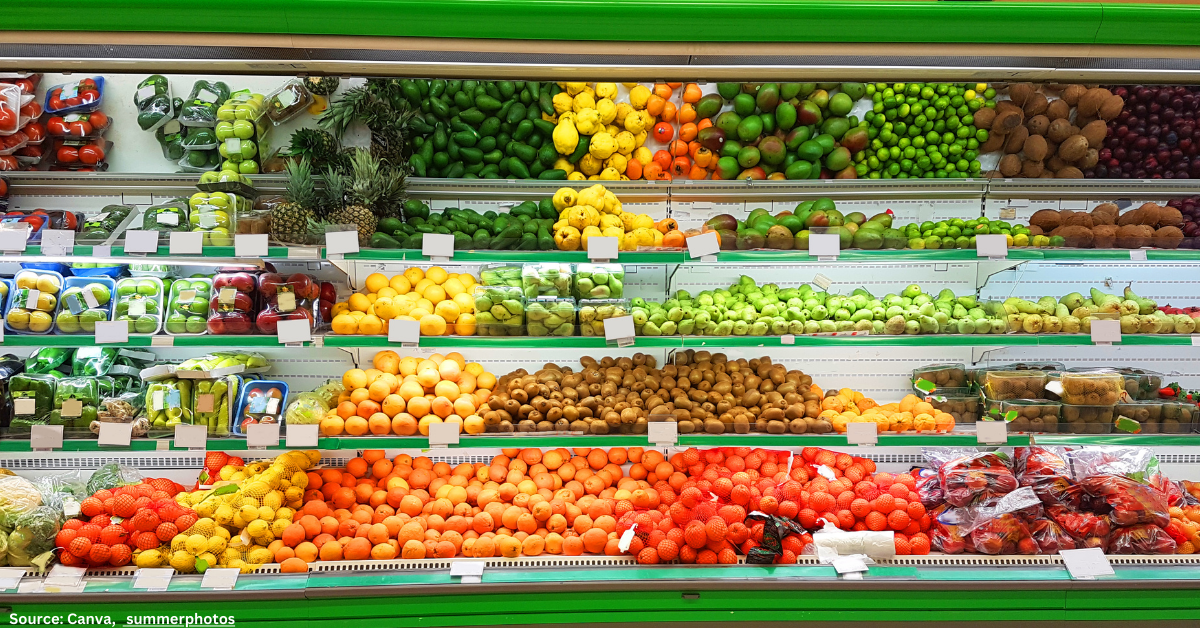



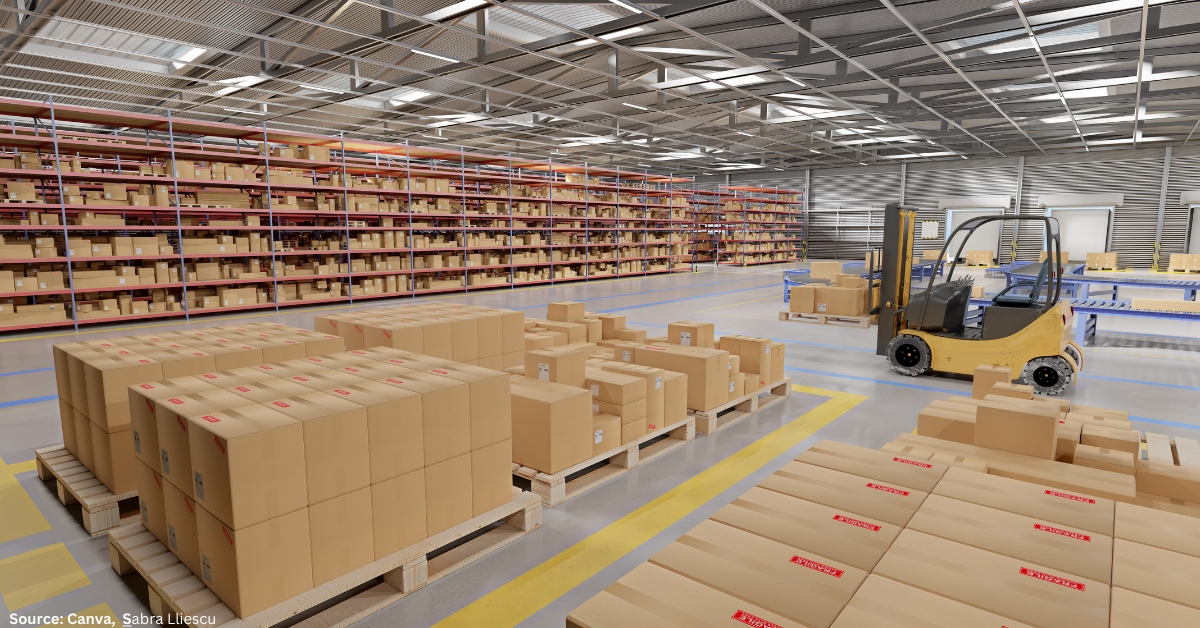


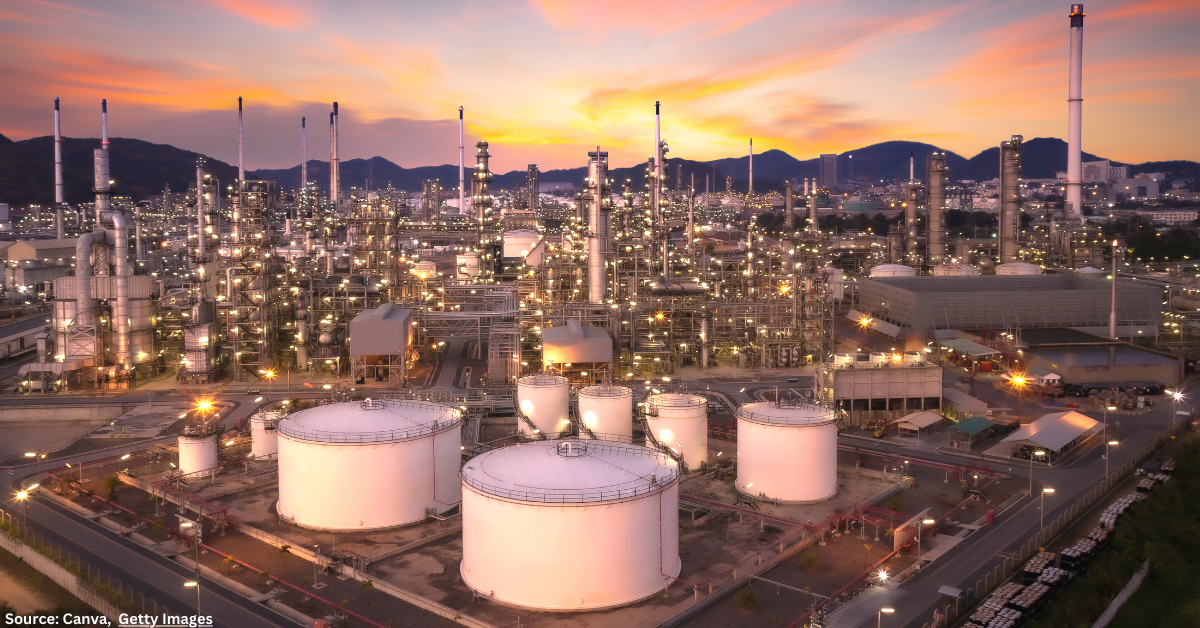
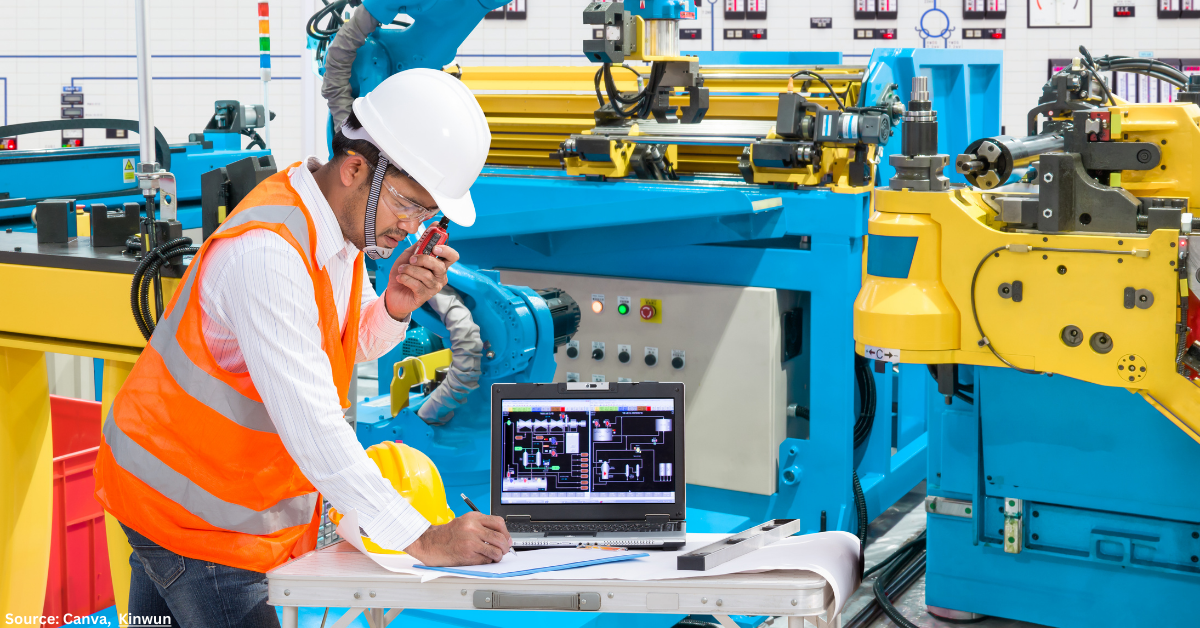












Follow us on social media